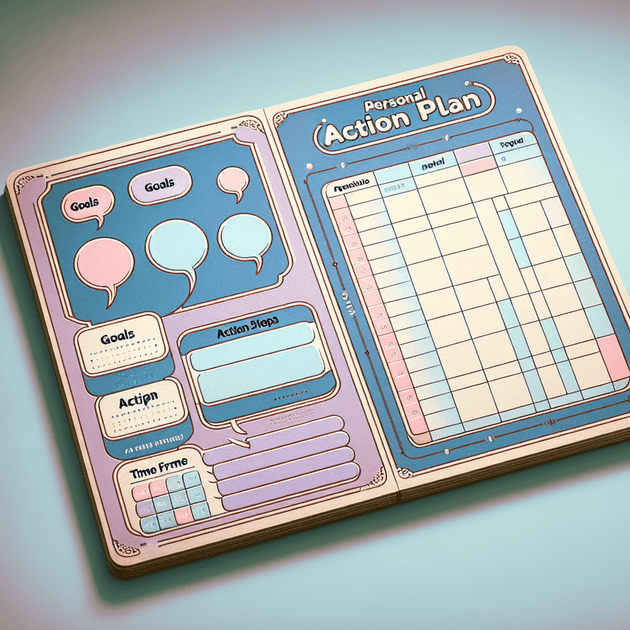As I was taking an online course on achieving personal and professional success through Wharton Online, I completed an assessment of my current influence behaviors. Based on this assessment, below is my action plan for improving my influence.
One influence tactic I would like to utilize more effectively is Pathos, which Aristotle identified as appealing to the emotions of the audience in his three means of persuasion outlined in "Rhetoric." I aim to convey messages with emotional resonance. The role of a leader isn't merely to present rational arguments; it's also about framing issues emotionally. If I can get people to reveal their problems, pain points, and unmet objectives, I can encourage them to take action by selling them a vision that presents the perfect solution to their problem. Knowing the emotional drivers allows me to frame the benefits of actions in language that will resonate.
I haven't been using this tactic effectively because I've focused too much on Logos, which Aristotle describes as the logic of the idea. My education has primarily trained me in analytical skills rather than in generating passion in others and leading emotionally. Relying solely on logical reasoning, expertise, and data isn't the most effective way to persuade others. Typically, I aim to use concrete examples to present my case, rather than telling an emotionally compelling story. The barrier has been the difficulty in making the audience experience the same emotions that I am trying to convey through a story.
One concrete step I can take soon to show improvement in this area is to incorporate storytelling to help make my points and to find ways of communicating that arouse emotion. Successful people don't necessarily become better leaders because they know more; they improve because they follow through. Following through requires the courage to face the feelings that arise when taking risks and breaking old patterns. This courage is crucial for finding innovative ways to present information or ideas and for thinking about how to articulate them, not just what to articulate. This isn't something I'll learn by listening to lectures. The best approach is to practice in my next presentation, tailoring the communication content and style to the specific audience to influence their emotions effectively.
